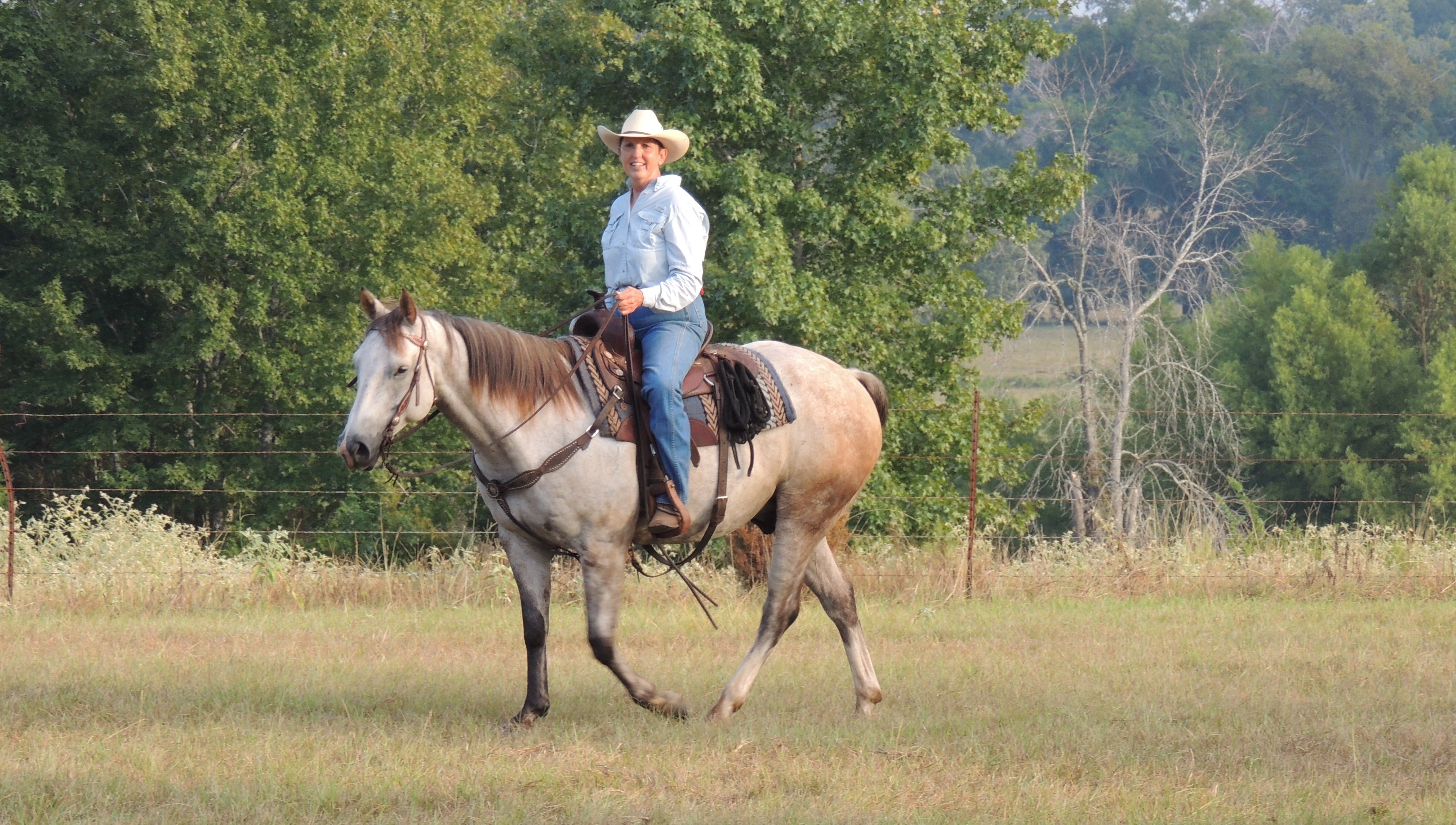WASHINGTON DC
(Photos By: Lindsay Kennedy)
Arrived Saturday April 20, 2013
It was great to see everyone again. It is amazing how close the group has grown. I really miss everyone when the group is not together. Sometime when you get a chance, tap the TALL logo on the TexasRancherGirl.com blog and read the resumes of my amazing class mates. They are all brilliant in their fields – personable and engaging – representatives of strength of character and integrity – solid family men and women – true advocates of agriculture with the ability to change the world.
Started out with a “Washington After Dark” tour. We were able to see the Capitol, Library of Congress, House and Senate, White House, Kennedy Center, and many noted museums and other government buildings. We actually got to walk the Jefferson Memorial, the Vietnam & Korean Veterans Memorial, and the Roosevelt Memorial. Of course, seeing the memorial wall to our Vietnam veterans always moves one to emotion. The Iwo Jima Memorial never fails to take your breath away – makes you feel pride to be an American knowing what past brave Americans have sacrificed for the freedom we take for granted.
Sunday – April 21, 2013
There was so much to see. We began our day at the Smithsonian National Air and Space Museum. From the Wright Brothers to space travel – awesome!! We made a brief stop in the National Museum of Art – I just could not get the guys that interested!! They were really just looking for a place to have lunch. Of course, we had to stop at the National Archives for a fresh look at our Declaration of Independence – Constitution – Bill of Rights. We managed the American History Museum and the Indian Museum – but everything pales after seeing the Constitution.
Monday – April 22, 2013 Day #1
White House Briefing – Indian Treaty Library – Eisenhower Executive Office Building where we were welcomed by Jennifer Yerzak – Director, Office of External and Intergovernmental Affairs U.S. Department of Agriculture. Jennifer is a native Texan. Jennifer helped procure the fabulous room we were in that overlooked the White House. Really awesome view!!
Doug McKalip – Senior Policy Advisor for Rural Affairs, White house Domestic Policy Council.
Doug has worked on three farm bills. Expressed concern for West, Texas fertilizer plant explosion – assured us that it would be given the attention it deserves. Doug feels strongly that agriculture is not getting the attention it needs. For the first time ag was mentioned in the economic report to President Obama. Americans spend 15% of their disposable income on food. The report also speaks to ag technology and bio chemistry.
6 million people added to the world population each month. US farmers will bear the brunt to produce the food for this global growth. We will meet the demands in spite of the weather issues; drought. Progress is good but we are losing farm land to urban sprawl. Tax considerations are being looked at to protect the land.
Crop insurance is a key component in this Farm Bill – thought is to create a safety net. Conservation issues will be addressed. Rural development needs the right resources to be effective. Farm Bill working to add incentives for young people to get into farming. Only 16% rural community – and yet 20% of our military comes from rural areas. The Council has set aside money to invest in rural America 1) Accessing capital for rural areas 2) Improvement of quality of life – housing, college graduation, broadband connectivity, health care. 3) Conservation – hunting, fishing, protect beauty of America. NRCS, Farm Bureau will play bigger role as means of accessing the money that has been set aside.
 President has key advisors. Several key councils -National Economic Council – National Security Council – Health care and Education. Doug believes that the White House recognizes that we are the ones that get things done – he thinks that rural America is on the President’s mind every day. With puzzled looks on our faces we all looked at each other and wondered – why don’t those of us with our boots on the ground “feel” the love?
President has key advisors. Several key councils -National Economic Council – National Security Council – Health care and Education. Doug believes that the White House recognizes that we are the ones that get things done – he thinks that rural America is on the President’s mind every day. With puzzled looks on our faces we all looked at each other and wondered – why don’t those of us with our boots on the ground “feel” the love?
Felicia Escobar – Senior Policy Advisor for Immigration, White House Domestic Policy Council
Felicia is a native of San Antonio, Texas. The President has a vision for immigration reform. He supports immigration reform – border security – a viable way to obtain citizenship – viability of job status – education. FSA offices will take a more prominent role in registration and verification. Forms can be filled in on line. Hopeful that the bill will make all efforts more streamlined. People must come forward during the “sign up” window are the government will use the full force of ICE to deport.
 Ms. Krysta Harden – USDA Chief of Staff – Office of the Secretary
Ms. Krysta Harden – USDA Chief of Staff – Office of the Secretary
She welcomed us – told us how important our presence was – that people do want to hear what we have to say contrary to the national news. Stay active – participate. Talk about what is important – but also listen!! Our country is so diverse – we must remain open minded. Washington DC is the most powerful town in the world – big differences – but a people that come together in time of adversity. Department of Agriculture is still “the people’s agency”. It is still a tragedy that people are so disconnected from their food. They do have a Farmers Market and a small garden on the ground – people see it – ask questions – it makes a difference. The food is donated to a local food bank.
USDA works hard to make sure they have a seat “at the table” during discussions that affect agriculture – want those making decisions to understand our viewpoint – the impact on ag – our interests are represented. One of today’s biggest topics is immigration. Trust! Respect! Once established – a real dialogue can take place. Farm Bills are difficult to write. Differences are usually regional. It is difficult to make it work for all interests. It is important to speak with one voice. Compromise is critical – water and agriculture must find common ground. We need to get on boards, committees – we have to do our part – step up and speak out. Learn a lot – give a lot!!
Beau Greenwood – Executive Vice President – CropLife America
The topic was “Advocacy for Modern Agriculture”. It is why we are here –to gather information – to see all aspects of agriculture (a very complicated and diverse entity) – to listen and learn. Then we have a responsibility to work together to unify our voice and to speak out.
Mr. Michael Alston – Deputy Administrator for Insurance Services, Risk Management Agency (RMA)
Crop insurance base has increased from 1 million to 2 million. More claims have been paid. Loss occurs on many levels – drought – flooding – fires. Texas has lived with very long term drought.
2011 insured 36.9 million acres. In 2012 insured 45 million acres in Texas. Payout continues to rise. Weather patterns have been so abnormal. Panhandle is concerned about late freezes killing the wheat. Make your story personal. “Because of crop insurance – I was able to stay in business”. Elected officials need to understand. We are not getting rich from these programs – we are surviving.
Crop ranking by value: corn – soybeans – wheat – cotton – citrus – nursery – almonds- rice – all others.
Mr. Chris Beyerhelm – Deputy Administrator for Farm Loan Programs – Farm Service Agency (FSA)
Farm loans – lending programs go back to the 1930’s – after depression program was designed to get people back to the farm. Twofold mission – farm security net and assistance to get young farmers started. 1980’s another time of distress and a rise in emergency lending. Who holds the debt for farmers? Commercial banks hold 39% and farm credit system holds 40% – roughly 80%. Volume of outstanding farm debt has stabilized after credit crisis. There have been more foreclosures – troubled areas – dairy, pork, poultry. This is driven by high interest rates and decreased asset value. Banks are currently very well capitalized. Current debt to asset ratio says most farmers are able to make money. Increase of land value has kept farmers in a good position to borrow money. However, all the impacts to farm income from 2012 drought are still unknown.
FSA provides loans on a temporary basis – expectation is to borrow – get better and pay off the loan – move on down the road. Hope that is 5 to 6 years loan is paid off or one is able to qualify for private sector resources. In 2012 FSA has loaned over $4.8 billion of credit to 35,000 applicants. The default rate is the lowest – 6.5% down from 23.8% in 1995. The quality of the portfolio is very good. Many different loans – land purchases – operating capital – disaster losses – beginning farmer program. Beginning farmers increased from 3,474 in 1995 to 21,785 in 2012. SDA (socially disadvantaged) farmers increased from 3,260 to 16,068 in the same time period. Most small and medium sized farms rely heavily on off-farm income to cover living expenses and obtain positive debt service capacity.
Michael Scuse – Under Secretary USDA-FSA- Risk Management-Foreign Ag Service
Foreign Ag Service has offices all over the world. Staff has to work to overcome trade barriers. Maybe products are not being allowed in at a port – their staff has to go mediate the unloading of that shipment. They also work to build other countries economic income in hopes that with their improved incomes the demand will rise for more US export products. An example of this is China – the people now desire and can afford more beef. Staff has to work diligently to break down barriers for us to be able to ship these countries. Right now they are working on Pacific Rim countries – Canada – Mexico to expand our exports. The EU is our 5th largest partner but we still have tariff barriers to address. We have made progress – we will continue to make progress.
Mr. Juan Garcia – Administrator for Farm Service Agency (FSA)
FSA has approximately 12,000 employees all over the US. Wanted to talk about Farm Bill but there is not a bill yet. Waiting to see how they sort out their differences. Everyone is confident that there will be a farm bill. It will take several months to implement the program – rules and regulations have to be written. Issues: crop insurance payments. The future for FSA is more on line forms and filings.
Ms Autumn McCain and Ms Jane Duffield – Food & Nutritional Service (FNS)
Overview of SNAP – “to provide for improved levels of nutrition among low-income households through Federal-State program of food assistance. In 2012 it cost $78.4 billion – supported nearly 47 million individuals in over 22 million households. Since 2007, the number of persons supported has increased by approximately 67%. SNAP is an entitlement program – it is available to anyone who meets the eligibility criteria. Nearly half of participants are children. One in ten participants are age 60 or older. You must be a citizen to qualify. The benefit level is based on a “household” – size of the household, income, & expenses. Basic elements of eligibility: bank accounts – income (gross & net income) – deductions. It is the State’s responsibility to deal with fraud.
There has been a huge increase due to people losing their jobs – SNAP grows in weak economies. The Food and Nutrition Act defines eligible food as any food or food product for home consumption. The Act precludes certain items from being purchased, such as: alcoholic beverages, tobacco products, hot foods, and any food for on-premise consumption.
The Farm Bill is 80% nutrition so SNAP is 80% of the USDA budget. There are educational programs on nutrition but the education is not mandatory. The reality of policing what an individual buys becomes even more complex. Of course, our group was very vocal about SNAP needing dramatic reform – education on nutrition – the card only allowing the purchase of healthy food necessities – mandatory drug testing.
 Mr. Dale Moore – Executive Director, Public Policy – Farm Bureau
Mr. Dale Moore – Executive Director, Public Policy – Farm Bureau
Farm Bureau is a farm and ranch trade organization. There is a state farm bureau in every state including Costa Rico. Currently working on Farm Bill – ag labor reform – tax reform. Last year Farm Bureau was pleased that the estate tax was made permanent at 5 million and a permanent base was set for capital gains. There is a constant battle with the EPA – like trying to control all water that flows into navigable waterways (that is the National Oceans Policy that our mythical friend spoke of earlier). The EPA would then control every drop of water and dictate land use. It is important to note that when the EPA imposes regulations – it the land owners responsibility by law to obey and it is all at the landowners expense. Endangered species is another hot topic – economic impact is great.
The Farm Bill process is getting under way again. They could not just pick up the bills from last session – things had changed – and now there are significant shortfalls. We would not get a Farm Bill passed without the nutrition entitlements.
Keep the focus on the policy. You cannot make it personal. Committees are careful not to step over into another committee issue because it opens the door for another committee to intervene in your business.
Mr. Don Parrish – Senior Director, Regulatory Relations
Chesapeake Bay and its Implications
17,000 square miles – East Coast watershed – less than 10% agriculture. The oyster population was the filter agent. They have been depleted due to over fishing – disease brought in on ships – converting oyster shell to road. We can’t control – only manage – 9 point water sources. In 2025 EPA has assigned – 7 lbs of nitrogen will be the maximum load allowed per acre. The farmer or rancher would have to clean up the rest. Rainfall is 14 lbs. The land owner will be assigned E3 – everything – by everybody – for everyone. That is more than extreme. No one could afford to comply. The EPA has one goal – clean water and air. According to Mr. Parrish, people do not factor in to their plans.
Mr. Andrew Walmsley – Director, Congressional Relations – “Clean Air”
Greenhouse gas is currently in court – Farm Bureau and other organizations are fighting. The carbon tax is another scary issue that has been thrown out for consideration. When our government is looking for revenue – anything can happen. Profitability – productivity must be looked at seriously. The EPA keeps ramping up the requirements – not achievable. Coal has been hammered. That EPA initiative could reduce our power plants and their output.
Most of our speakers did not speak highly of the EPA. They felt that the EPA had gained an enormous amount of power – the President’s ear and approval. They make outrageous demands that destroy businesses all in the name of making a better environment. Everyone wants to protect our environment – but protection of a lizard should not outweigh the sanctity of the earth’s people. According to our speakers, the problem is they make extreme demands that put extreme regulations and costs back on the business community – farmers and ranchers. They are forcing businesses out of business and not allow energy businesses in. The EPA might not always get their extreme demand – but often times their idea of compromise places too much financial burden on a segment and they fold. The EPA has done a great job of marketing – you would be a social outcast to speak against environmental protection. But they have taken things too far without a voice to counteract their outrageous claims with real facts. It is important to protect our environment but if the truth be told – we can protect and beautify without destroying all business that provides jobs, food, energy.
Kelli Ludlum – Director, Congressional Relations – “Livestock Issues”
The Animal Drug User Fee – guarantees a time line for drug reviews and approval for an expected answer. This would encourage new drugs. There is a new push for us to report antibiotic use to FDA. Drug companies are already reporting our purchases. But the activist want to know what we used – how we used it – on what animals. Risk assessments have already been done showing minimal residual – but Kelli believes that is not enough for the activist. 



Very enlightening Linda, Thanks for caring and sharing!! Our industry has so much at stake right now!
It absolutely heartwarming that this sorry president thinks of rural America everyday. Yeah, right!!!